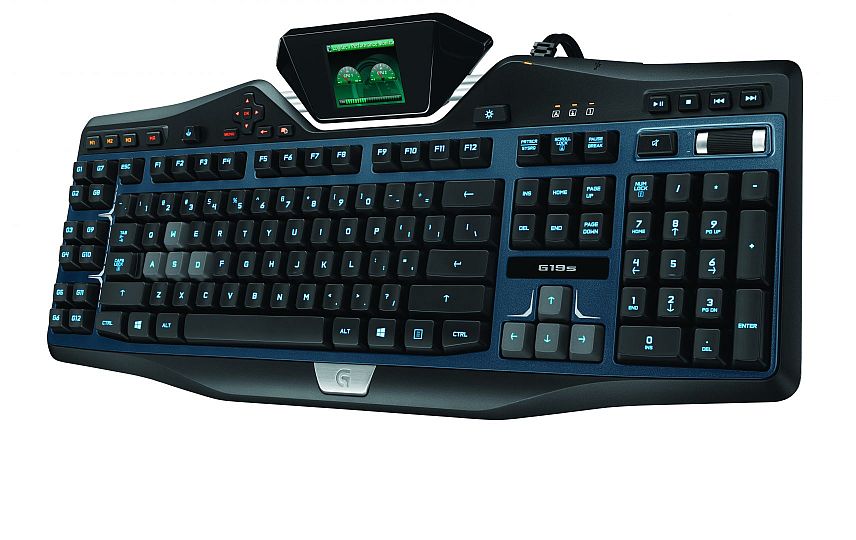Logitech recently expanded its foothold in eSports with sponsorship of eSports teams around the globe, who are using Logitech G headsets, mice, keyboards and mouse pads in competition across World of Tanks, DOTA 2, League of Legends and StarCraft II. The teams using Logitech gear include Alliance in Sweden and Germany, CJ Entus in Korea, DetonatioN in Japan, Invictus Gaming in China, mYinsanity in Switzerland, XCN in Indonesia and Cloud 9, Hammer Time and Team SoloMid in the U.S. Ehtisham Rabbani, general manager of the Logitech gaming business, explains why the company is investing in eSports and what opportunities these pro gamers and their fans open up for brands in this exclusive interview.
When and why did Logitech enter the eSports space?
 Ehtisham Rabbani
Ehtisham Rabbani
Logitech was initially a sponsor of the CPL (Cyberathlete Professional League), which launched back in 1997. It was the very early days of eSports. The Internet was at the start of its development, and though there were competitive games occurring, it wasn’t at the level or fidelity that we can see today.
Logitech G, the gaming dedicated division of Logitech, was created two years ago and almost immediately re-entered the eSports scene. We’ve sponsored the League Championship Series and are now focused on sponsoring eSports teams directly. We recently announced our global roster of top notch teams from around the world.
How have you seen livestreaming impact the reach your brand gets in eSports today?
We are very encouraged by the positive effect that streaming has had on the perception of our brand. Our products are a natural extension of the game and fit very well within the narrative of the stream and eSports competitions. We believe that being an organic extension of the live stream is important for gamers and the integrity of games. We hope that livestreaming doesn’t just become another advertising avenue for unrelated products and services.
What impact have you seen from pros and pro teams using your products when it comes to direct sales to gamers?
For Logitech G, being in the gaming business goes far beyond direct sales; it is about being involved and engaged in the gaming community. We believe that increased sales will come as a result, though they can be hard to quantify. We don’t think it’s coincidental that we have experienced double-digit growth as we have invested more in the gaming community. Being part of a community means doing things for the larger good of gaming and gamers, and not just being revenue driven. eSports is an opportunity for Logitech G to assist in the growth of a spectator sport on the level of traditional sports leagues like the NBA, NHL and the NFL.
How powerful is brand engagement with the big eSports events?

Engaging directly with gamers is critical to the soul of our brand. Logitech G participates in most gaming events, including ESL One, Dreamhack, IEM, PAX, China Joy and Paris Games Week to name a few. We talk with gamers, share the work we are doing, get their thoughts and ideas and participate together in the gaming community.
What opportunities have things like livestreaming of practice sessions opened up for advertisers and sponsors?
Live streaming of practice sessions provides a look behind the curtain. Gamers can see how their heroes interact and how much dedication they exhibit to their craft. The gaming community, including Logitech G, can see how our products are used in real environments by the most demanding of professionals.
How have you seen more traditional sponsors gravitate towards eSports in recent months?
Recently, we’ve seen more traditional sponsors gravitate towards eSports. I think this is another indication of the growing appeal of eSports and its community.
Why is having Hollywood studios involved in eSports (like the Ender’s Game StarCraft II tournament or the League of Legends Game of Thrones promotion) good for all companies involved in eSports?
Hollywood helps spread the word and grow eSports. So it’s great for the sport and for gamers. We expect to see more movies capturing the drama of eSports.
What are Logitech’s plans with eSports for 2014?
We plan to continue to actively support eSports teams around the world. Additionally, one of the key objectives for Logitech G is to integrate input from the professional eSports teams into our product design process. These professional athletes need high performance tools that deliver accuracy and fidelity in these very competitive matches. Like traditional athletes, these eSports teams are experts in their profession. And you’ll see our products reflect their needs and input.
What impact do you feel seeing events like DOTA 2 played in a World Cup soccer stadium having on eSports moving forward?
We think that events like ESL One are evidence of the maturing of eSports. You can also take the prize pool for The International Championship, now totaling more than $10 million, as more evidence of the engagement of the community and the popularity of the sport. eSports is bigger than non-gamers realize and it’s here to stay.
What would you say to companies, especially more mainstream brands, who are still on the fence about eSports?
Engaging in eSports does not make sense for all brands. There is a desire for authenticity from the community. It is more than simply a new advertising channel. However, if done authentically, supporting this growing market would benefit the overall rise of eSports and the players themselves and strengthen a brand’s relevance.

